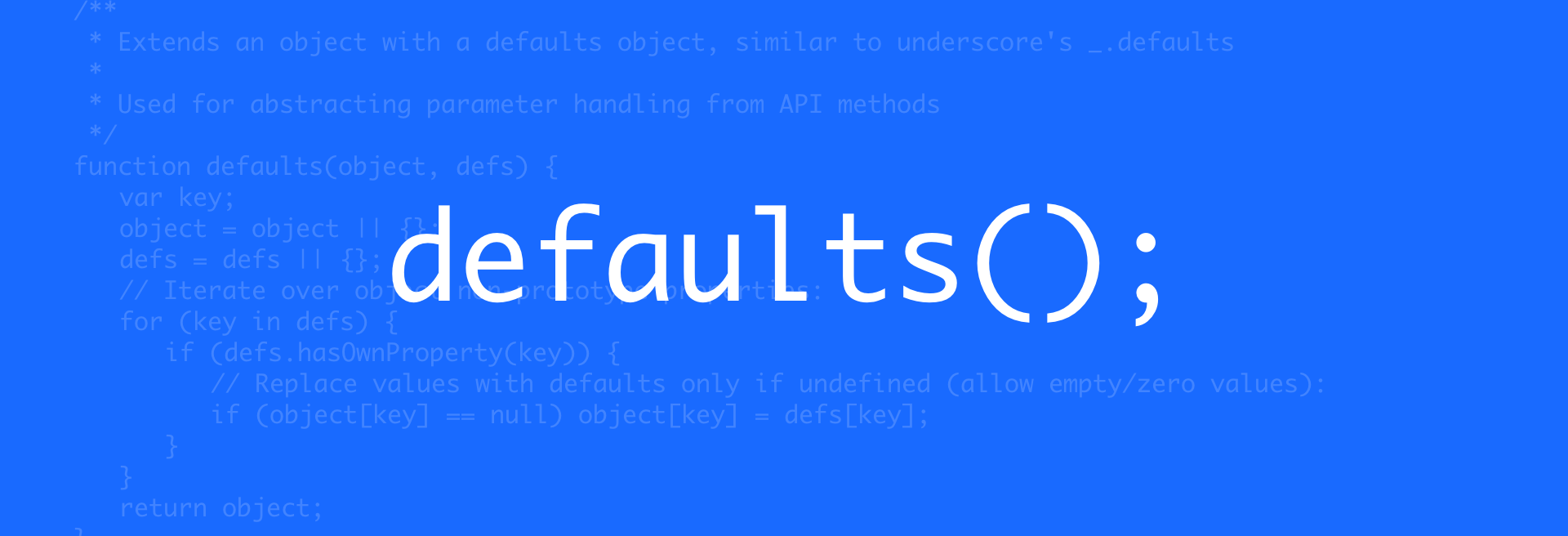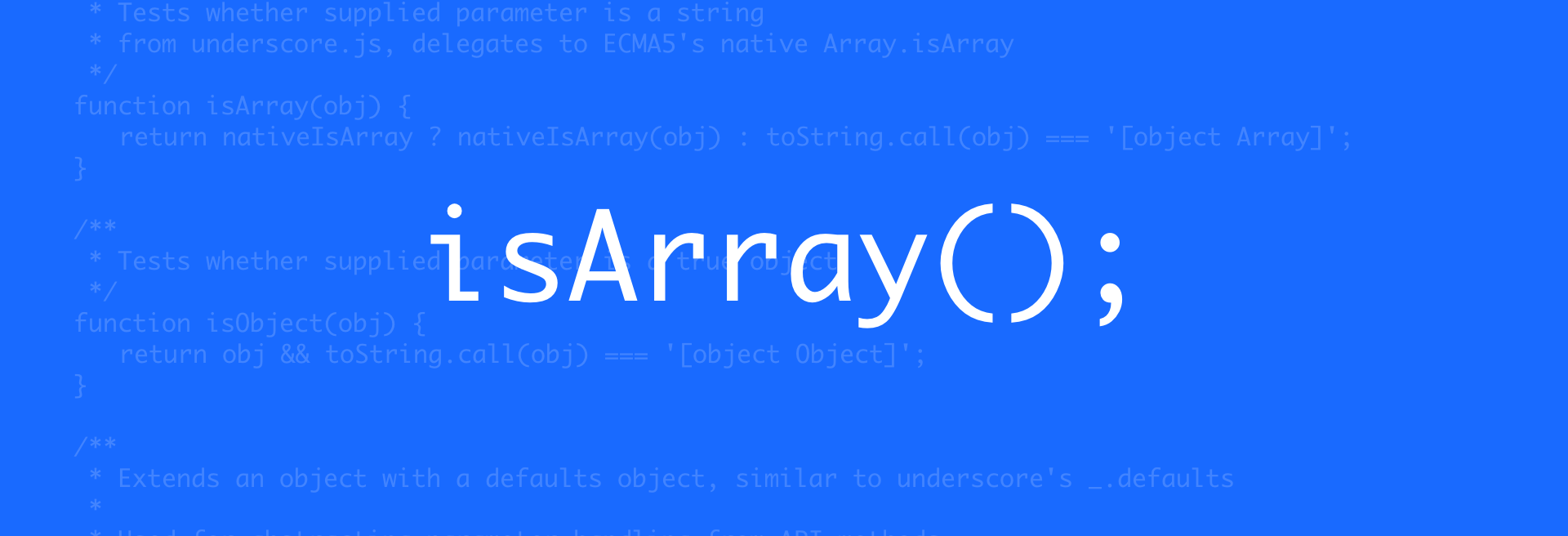"Get the fundamentals down and the level of everything you do will rise" - Michael Jordan
Today I'm starting something new on this blog. This year, one of my goals has been to master javascript fundamentals. I've created projects in the past using Javascript, Objective-C, Swift, and Ruby - but because my goal was always to build something, I never built a rock solid foundation of knowledge. I would google and hack my way to solutions, but my speed and enjoyment suffered by the fact that I hadn't mastered the fundamentals.
In design, I have such an intuitive understanding of the principles, best practices, and tools - that I'm able to move quickly and happily from problem to solution. I want this fluid sense of mastery in code as well.
What I'm doing about it: Since December 2017, I've set the goal of 1 hour of learning Javascript everyday with the goal of mastering the fundamentals. Sure, I've missed days along the way as work requirements demand extra time, etc. - but I've done my best to stick to this regimen and it's paying off.
How I'm learning: I do 1 hour of video lessons from Watch and Code every day. If you're interested in learning Javascript in a way that goes beyond basic tutorials and gives you a foundational, practical knowledge without relying on frameworks - I'd highly recommend it. I've learned a lot of skills on the internet, and this is without a doubt one of the best programs I've found.
As I move forward with documenting my progress on this blog, I'll be keeping my notes on the blog to force me to clarify my understanding (to the point of being able to explain it). If you're reading these posts, please keep in mind that these are just my notes, and I'm not an expert (yet!). If your goal is also to master the fundamentals of Javascript, please head over to Watch and Code and start your journey there!
Anyway, that's what's going on here now - so I'll just jump in to today's notes:
Premium Membership Course
Chapter 5: AccountingJS
Lesson 4: IIFEs and sharing data
We use IIFEs so we can hide variables from the rest of the program, so we can avoid potential conflicts
Read More


















